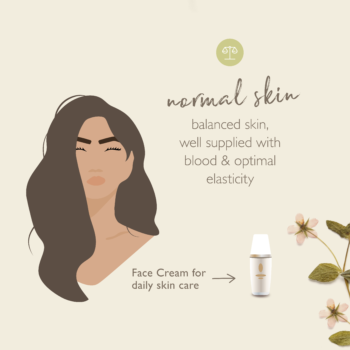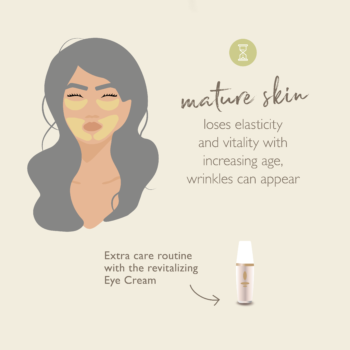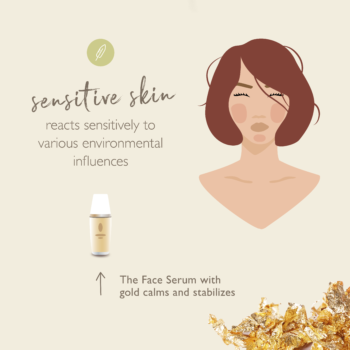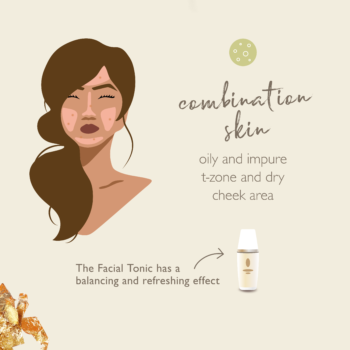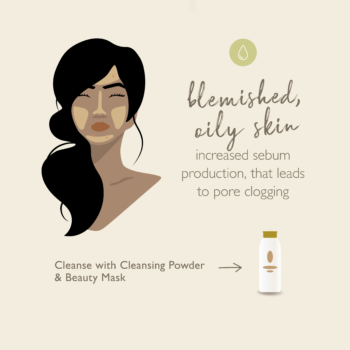Dry or oily, sensitive or mature and demanding? Not all skin is the same. Stress, everyday life and the passage of time can also disturb its individual balance.
Skin type analysis
FIND THE RIGHT CARE FOR YOUR SKINSkin types
The skin therefore needs care that is appropriate for its type and adapted to the respective phase of life. It will thank you with a radiant and healthy appearance.
Despite the variety of individual requirements, there is something that every skin needs: moisture for a good turgor (moisture content) and sebum for a healthy tone (elasticity). If these two basic suppliers are in balance, the skin is doing well: sebum provides the skin with fat, making it supple, elastic and resistant to external influences. Together with a balanced moisture depot, sebum keeps the protective acid mantle of the skin in balance.
Master Lin’s products complement each other and are designed to regulate this important balance and to offer the skin what it needs. The core idea of the Master Lin feel-good ritual makes it possible: mixing is desired! The Master Lin Face Serum sets the tone for balancing dehydrated skin. The Master Lin Body & Face Oil provides optimal care for skin low in lipids, i.e. skin with reduced sebum production. A few drops of these products enrich any Master Lin care or cleansing product and boost the supply of moisture or lipids.
Analysis
The following analysis explains the different needs of the skin on the basis of small self-tests and gives tips for maintaining or restoring a natural skin balance.
How can you check whether the skin has good elasticity?
Push the skin of the cheek up with the palm of your hand and let it go quickly. The faster the skin returns to its starting position, the better the elasticity. Normal skin has a very good tone. The elasticity must of course always be related to age: it decreases in maturing skin . Even dry skin lacks lipids and needs careful care with appropriate active ingredients.
How can you tell whether the skin has sufficient moisture content?
Take the skin under the arch of the eyebrows between your thumb and forefinger. Pull up the resulting fold of skin, squeeze it for a few seconds and quickly let go. If the fold remains and the skin only very slowly returns to its original position, the turgor is greatly reduced. Mature skin , dry skin and combination skin need a particularly good supply of moisture.
How is sensitive skin defined?
The so-called spatula test helps: With a little pressure, draw a cross on the skin below your collarbones with a spatula. If this cross turns red, the skin is sensitive. The faster the cross becomes visible and the longer it can be seen, the more sensitive the skin.
How can you tell whether the skin is well supplied with blood?
Pull the lower eyelid down a little. If the mucous membrane is yellowish or white, the blood flow is greatly reduced, which is particularly the case with smokers’ skin. Normal skin is always optimally supplied with blood. Mature skin , on the other hand, needs some stimulating measures to ensure good blood circulation.
When is the skin considered to have large pores?
A look at the magnifying mirror helps here: In combination skin , the pores of the T-zone (forehead, nose and chin) are usually enlarged. Oily skin tends to have large pores and needs appropriate, pore-refining cleaning and care.

